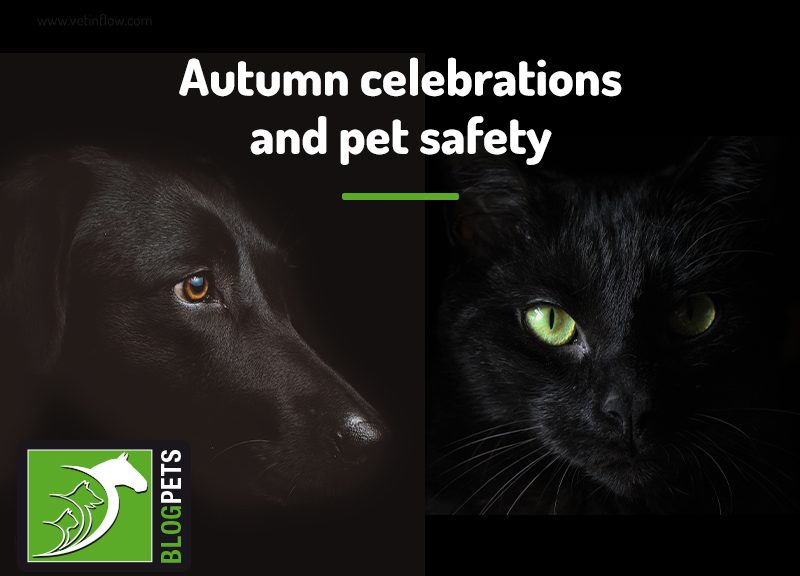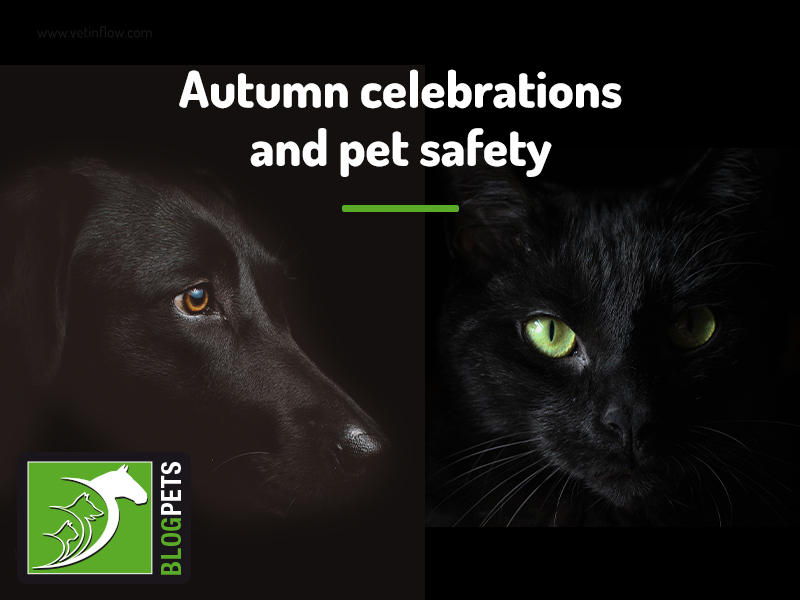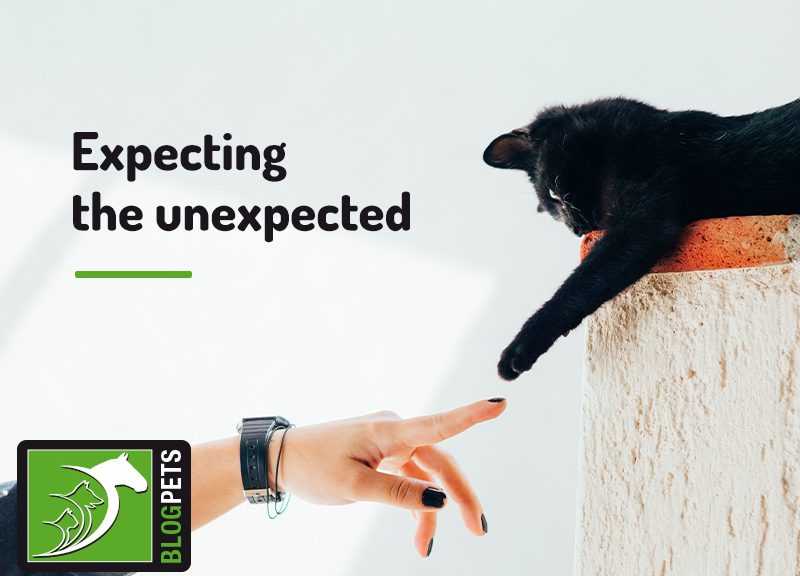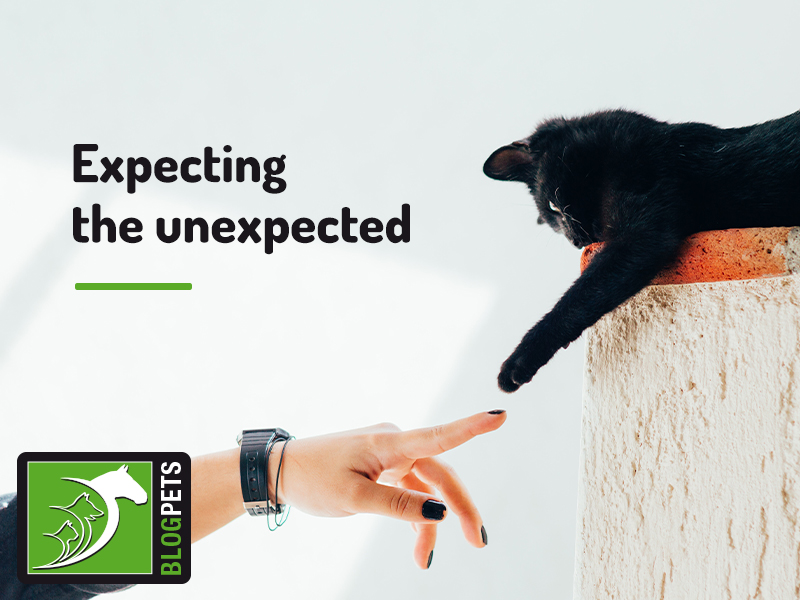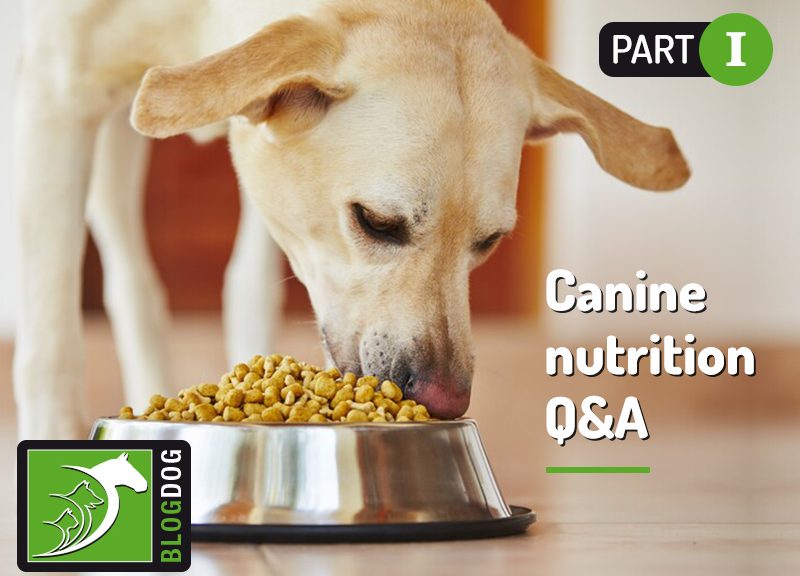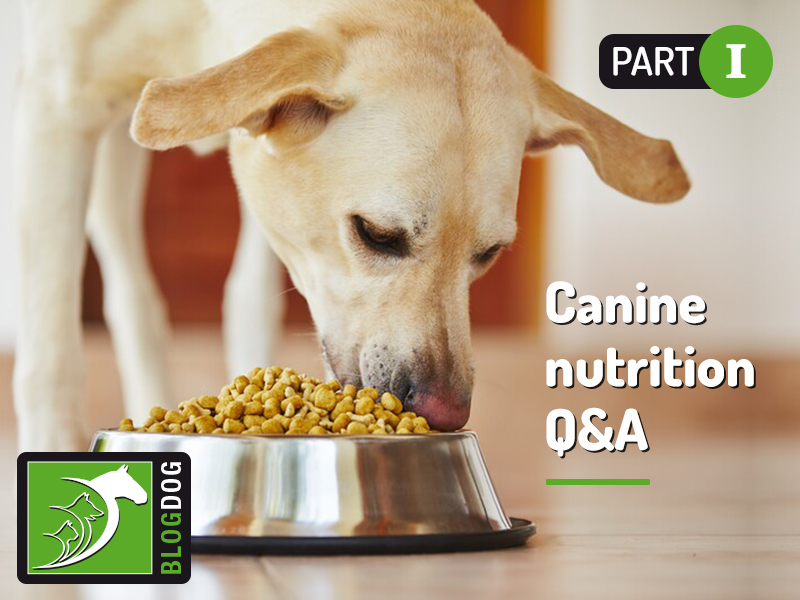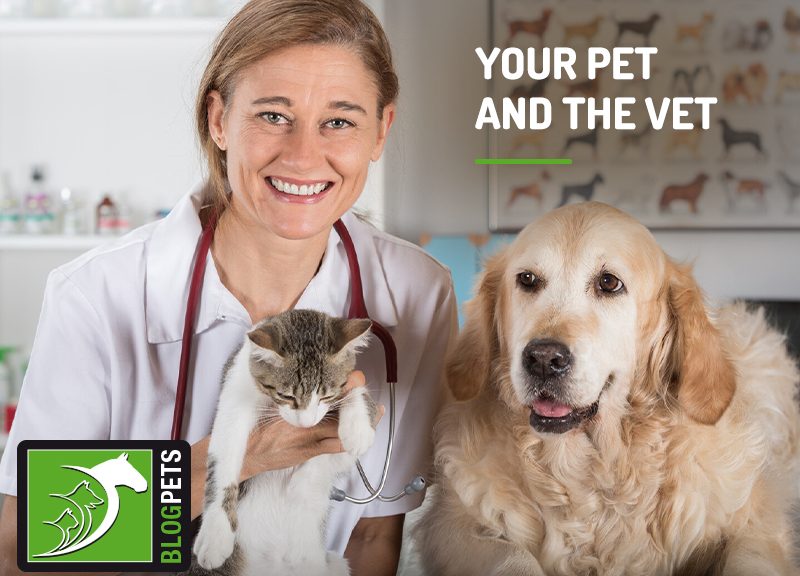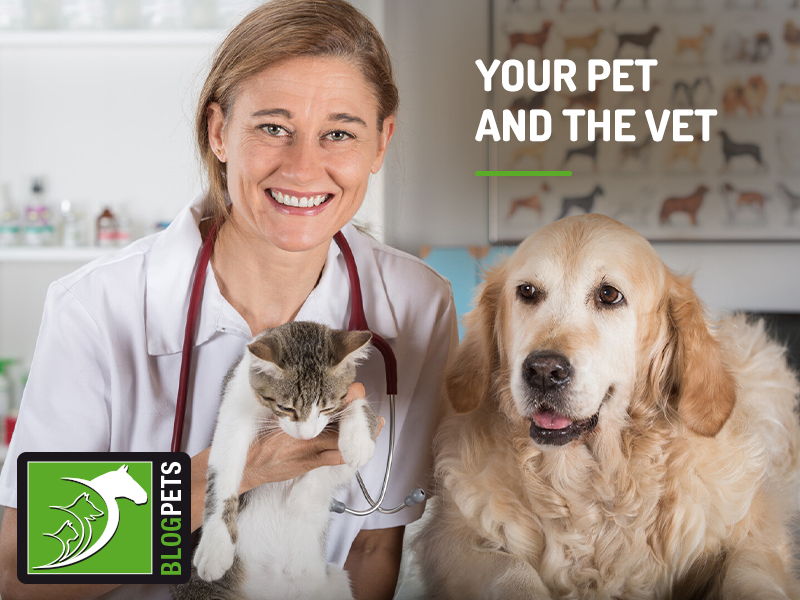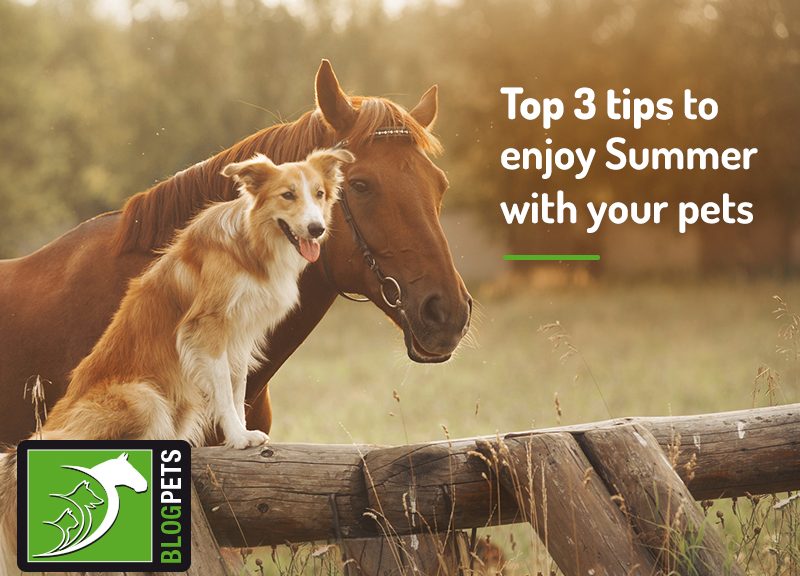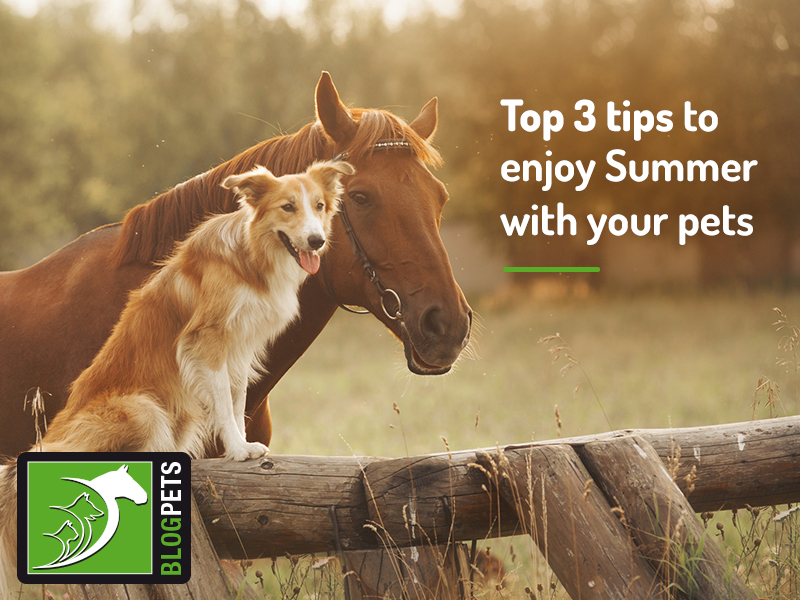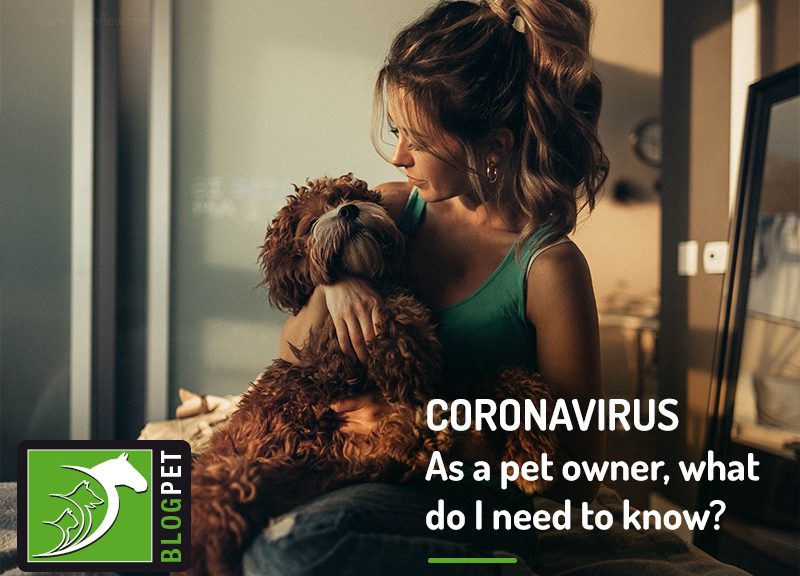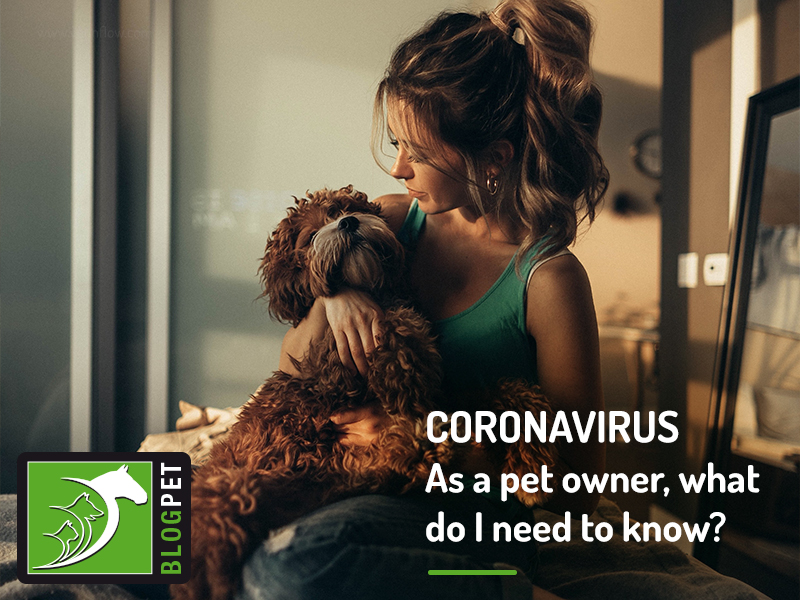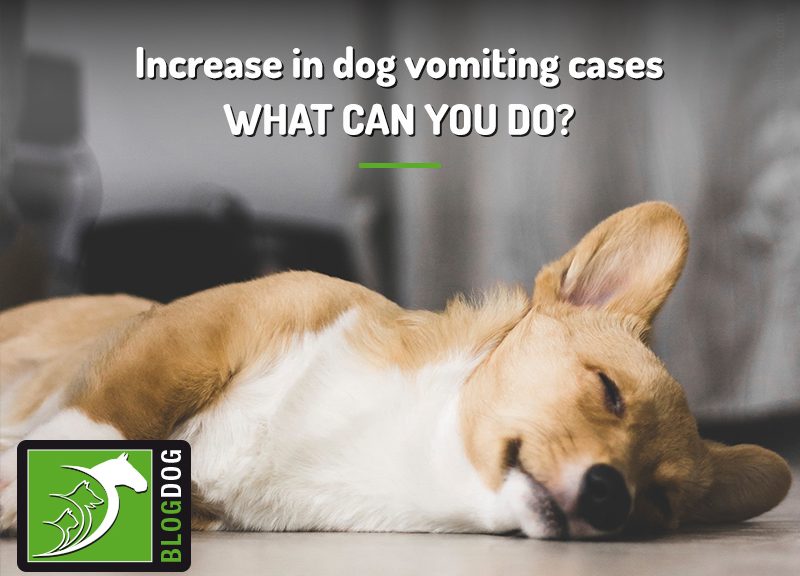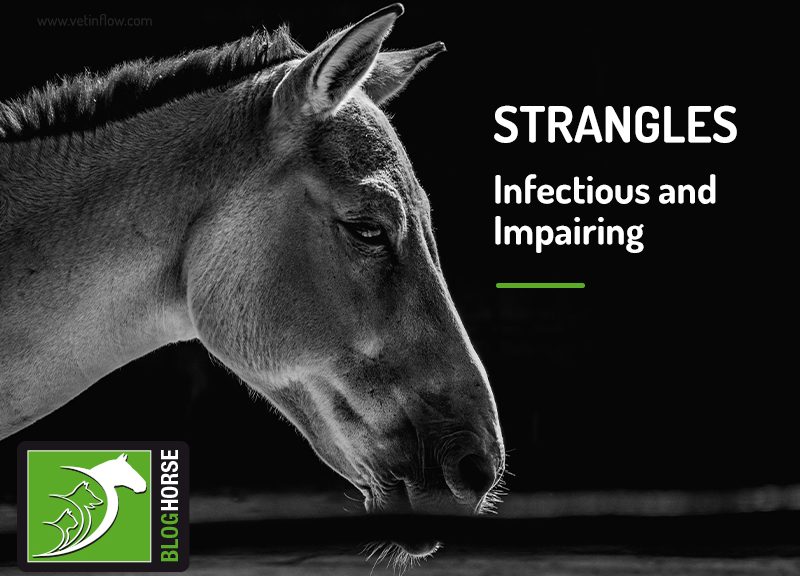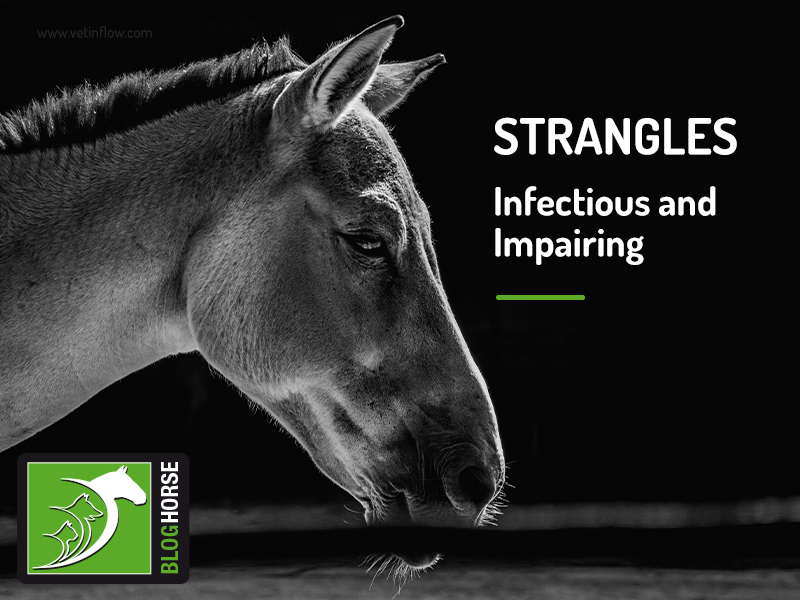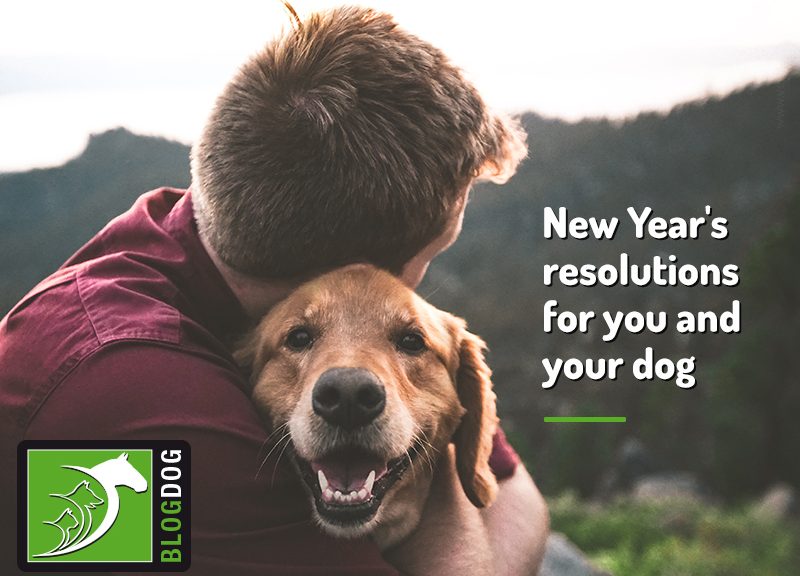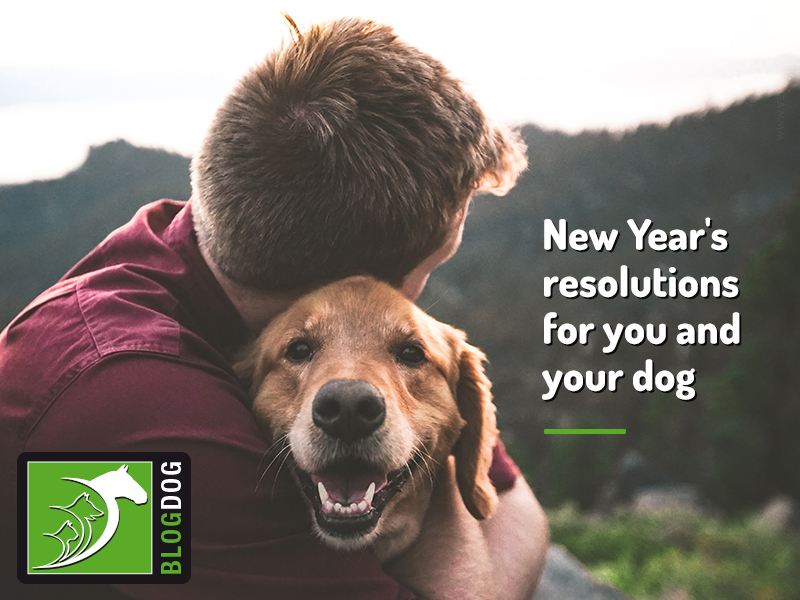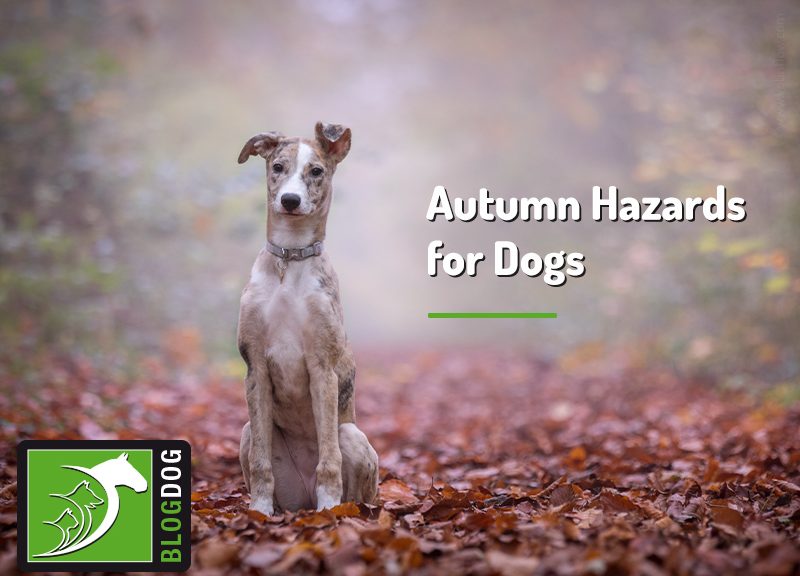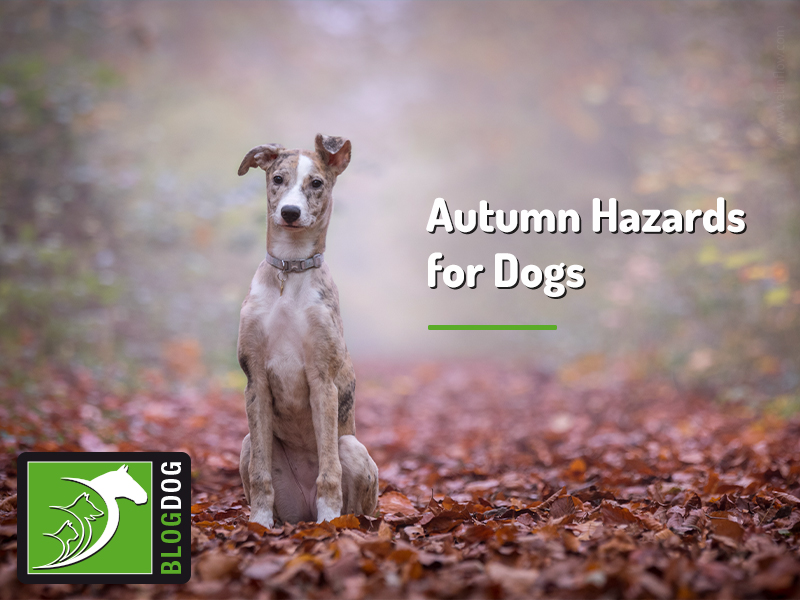Every season has its grace, and autumn has arrived bringing us shorter days, beautiful colours and a longing for cosiness and evenings by the fire.
Bringing some joy to this unprecedented year, autumn celebrations are fast approaching, so this is the perfect opportunity to go over some important pet safety precautions.
Halloween
If your Halloween costume is always on point and you want to make sure your pet is included, please keep in mind:
- Pet costumes shouldn’t restrict in any way your pets’ movement, breathing, vision or hearing;
- If your pet is not comfortable clothed, there are alternatives you can use, such as festive collars, bandanas or harnesses.
Also, be selfish and don’t share! As counter-intuitive as this may seem, our treats are not safe for pets as chocolate and some sweets contain substances that are toxic to them and which may well cause sickness.
Fireworks
Make sure your pet or horse is microchipped, and that your contact details are up to date to facilitate a reunion if they run should away.
At home, start preparing a safe place for your pets where they can escape to if they feel scared. It should include familiar items that will make them feel calm and comfortable, and some coverage to muffle the sounds.
On the day of the displays, make sure that you walk your dogs and exercise your horses before they start. Also, if possible, bring your pets inside and consider not letting your cats out to guarantee that they are safe at home.
Regarding horses, having them stabled during fireworks displays may cause additional stress. Consider turning them out if you believe there’s a possibility of self-injury due to trying to escape from an enclosed environment.
As many official displays have been cancelled due to COVID-19 restrictions, the British Veterinary Association has issued a warning regarding the likelihood of increased unregulated backyard fireworks.
If you know your pet struggles when the fireworks start popping, consider staying at home with them to provide some reassurance.
Also, talk to your vet – from desensitisation therapy to pheromones and various medications, there are a number of options available to help your pets cope with the stress.
Keep in mind that fearful pets may show signs of anxiety, which can be something as simple as pacing or panting, but also more undesirable behaviours, such as excessive vocalisation and toileting inside. If this happens, do not try to comfort your pets by petting them as this may be interpreted as positive reinforcement of an unwanted behaviour. However, it’s as important not to reprimand or punish them as this can worsen their fear.
The day after the displays, remove debris if you find them to avoid accidents.
If you have any concerns, don’t hesitate to seek professional advice. We wish you a happy and safe Halloween and Bonfire night!
